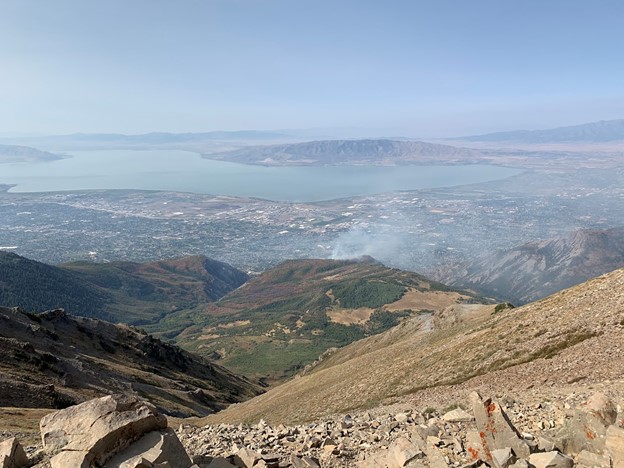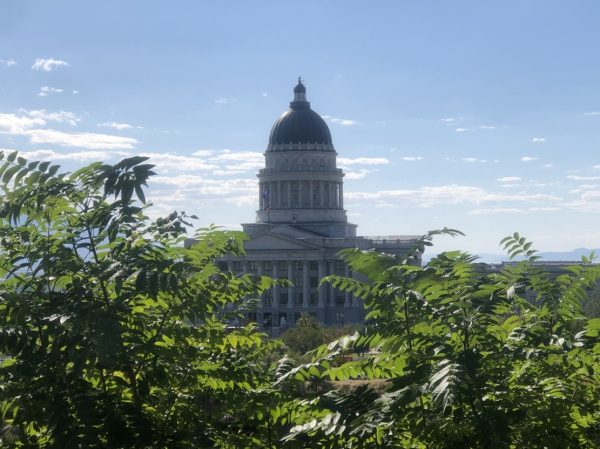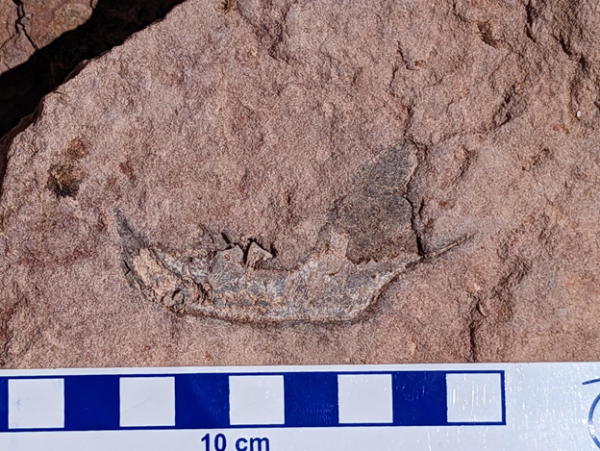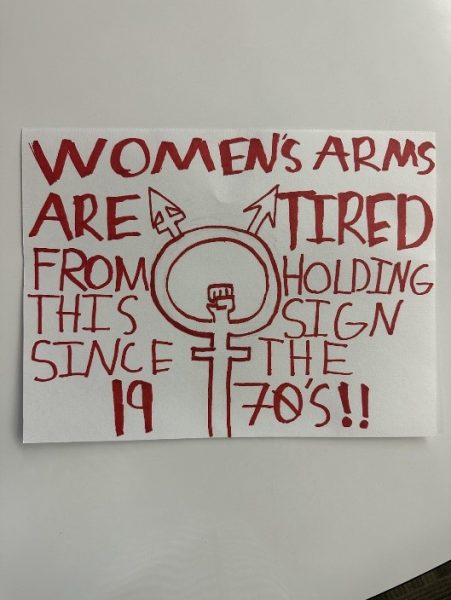Utah’s Worsening Smokey Air
October 14, 2020
Bad air quality due to pollution is a huge issue after wildfires. The burning releases irritating particles into the air that harm lungs and lower the immune system.
It’s Utah’s fire season, and it has been scorching. Over 200,000 acres have burned this year, including the Provo and East Fork areas. Citizens have had to be evacuated as a result of the fires, such as the case of the ‘Connecticut Fire’ that blazed near the University of Utah. The damage these fires create can still be felt even after they’ve been extinguished through their harmful after-effects.
“Wildfires are a part of nature, and their occurrence can actually benefit environments, but what we’re seeing now is horrifying. The biggest effect is the pollution.” Says Meghan Eames, a Kearns local environmentalist.
Fires release large amounts of CO2, and by burning, create air pollution at a very fast rate. The increase in smoke from Utah’s fires and wildfires from other states build up and get trapped in the valley, which could lead to more harmful air quality. This can be seen in Utah smog as a mix of fog, human pollution, and wildfire smoke settling below the mountains. Air with that many particles floating around could cause difficulty breathing and worsen allergies and asthma.
When the rate of pollution rises so too does the chance of exacerbating the heating of the climate. CO2 and greenhouse gas emissions further climate change when oxygen levels can’t keep up with the amount pollutants being pumped into the air. With the climate changing and heating up in places as a result it creates even more risk of wildfires and their side effects.
Eames agrees. “Long term, wildfires like these contribute to a vicious cycle: fires pollute the air, polluted air contributes to climate change, and climate change contributes to more wildfires.”










